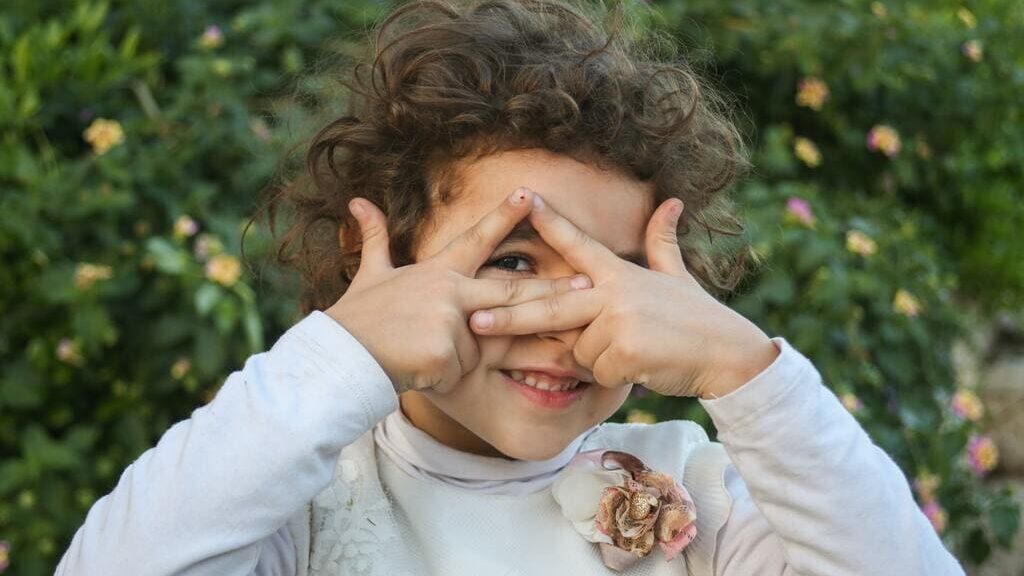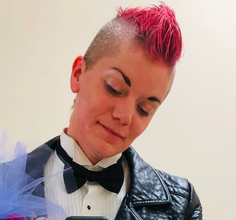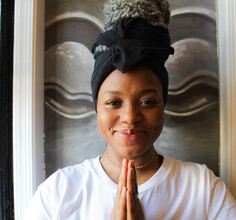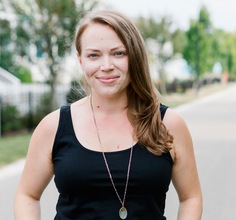Jacob’s New Dress by Sarah and Ian Hoffman, illustrated by Chris Case
Description
“There are a lot of different ways to be a boy”
Jacob loves playing dress up with his friends and at home. But whether he is playing dress up or being himself his favorite thing to wear is a dress! Will his parents let him wear a dress to school? Will his classmates accept him wearing something unexpected? Jacob just wants to feel like himself.
Themes
This book presents a thoughtful portrait of a gender expansive little boy in early elementary school. Jacob knows what feels authentic to him – the illustrations of him feeling comfortable and proud in his dress are so sweet. The people around Christopher demonstrate a range of reactions to someone challenging stereotypes of gender presentation, from criticism to uncertainty to warm affirming support. We see Jacob consider what it means to be himself at home and at school, with friends and with family.
Content that might be challenging
Jacob faces some bullying from a classmate that might bring up difficult questions or memories for kids who have experienced or witnessed that behavior. This classmate repeatedly criticizes Jacob’s habit of wearing dresses and, when Jacob wears a makeshift “dress thing” over shorts to school, he pulls it off of Jacob. It’s pretty upsetting to essentially see a kid’s clothes ripped off and it will be prudent to prepare for a range of possible responses from your little one.
Jacob’s parents, while ultimately supportive, each express some reticence to let Jacob present the way he wants to. Jacob’s mom won’t let him wear the halloween costume dress he likes to school and somewhat grudgingly lets him wear a pseudo-dress that he makes out of a towel before ultimately supporting him by making him his own dress. Jacob’s dad says “Well it’s not what I would wear” before expressing support for his child to wear what he wants. The book holds some space for how nervous and vulnerable Jacob feels in these situations. It’s hard to hear and see Jacob feel so worried. This is a good opportunity to notice your young reader’s reaction, to ask if they’ve ever felt worried like this and to ask how they would want you to respond in similar situations. It’s possible that your young reader will tell you about a time your response didn’t feel good; it’s important to receive this nonjudgmentally, thank them for telling you and ask them about the feelings that came up when this happened.
Questions to ask young readers
- What would you say in response to Christopher if you were in Jacob’s shoes?
- Why do you think Christopher has such a hard time accepting that Jacob likes to wear dresses?
- What things do you wear that make you feel like yourself?
- How would you ask an adult for help if you were being bullied/saw someone being bullied?
- Emily is a supportive friend to Jacob – what are some ways she shows kindness/support? What are some ways your friends have shown you kindness? What are some ways you show kindness/support to friends?
Activities
- Draw yourself (or make a collage using pictures from magazines, printed from computer) in an outfit (real or imagined) that you would feel comfortable and empowered in
- Write a story about parents responding to Jacob in a way that would feel good to you
- For each of the following situations, name what feelings Jacob might be feeling and scribble a line that looks like what those feelings might feel like – what shape is the line? How simple or complicated is the line? If you added color, what color would the feelings be?
- when Christopher pulled his “dress-thing” off
- when his mom made him a dress
- when he played on the monkey bars with Emily.
























